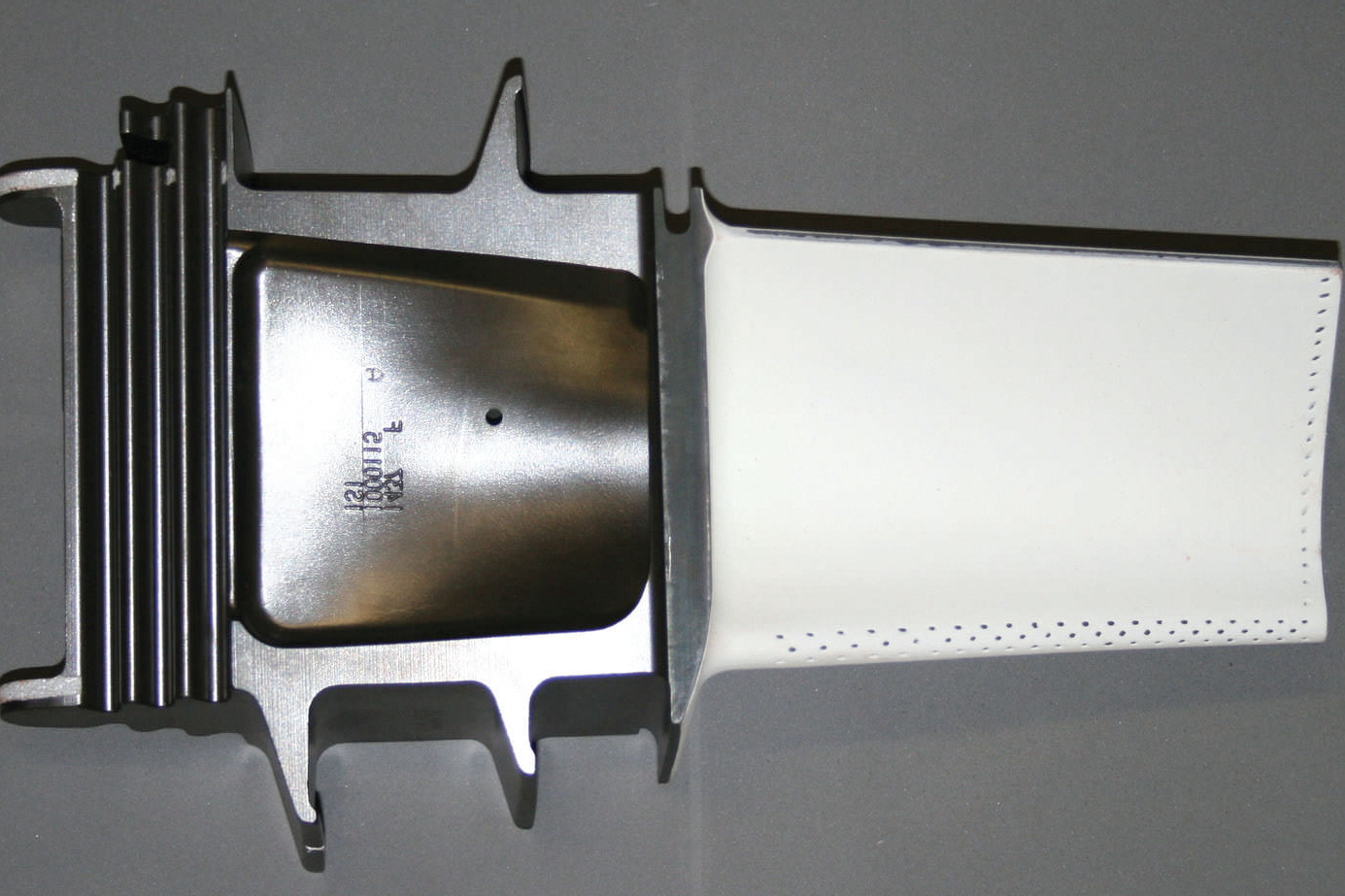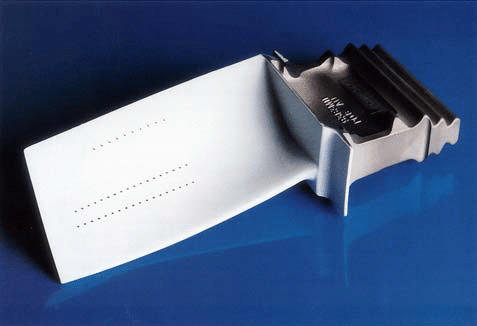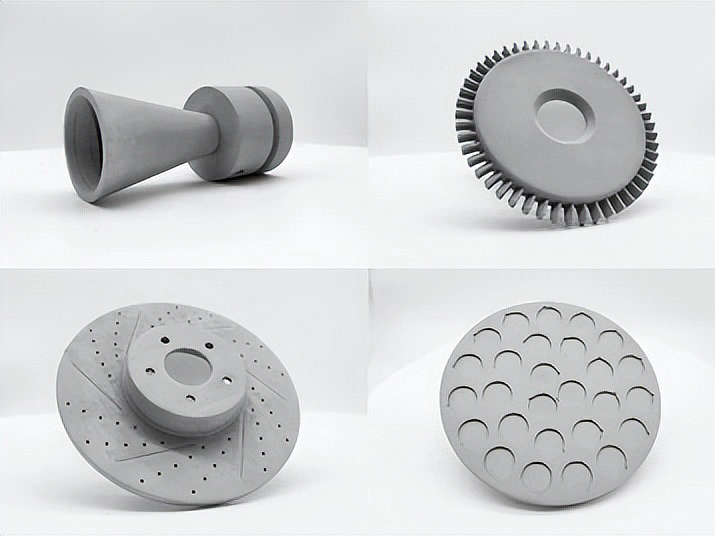How do ceramics perform in high-temperature and high-stress applications?
How Do Ceramics Perform in High-Temperature and High-Stress Applications?
Exceptional Thermal Stability
Technical ceramics exhibit outstanding thermal resistance, with operating temperatures often exceeding 1200–1800°C, depending on the material. For instance:
Alumina (Al₂O₃) withstands temperatures up to 1700°C
Silicon Carbide (SiC) remains stable above 1600°C
Zirconia (ZrO₂) offers exceptional thermal insulation and low thermal conductivity
These materials resist thermal creep, oxidation, and phase degradation, making them ideal for components in aerospace engines, energy turbines, and high-temperature industrial furnaces.
High Hardness and Wear Resistance
Ceramics are inherently hard—often exceeding HV 1000 on the Vickers scale—making them highly resistant to abrasion, erosion, and sliding wear. Components made from Boron Carbide (B₄C) or Silicon Nitride (Si₃N₄) maintain performance under harsh mechanical contact, outperforming metals in corrosive or particle-laden environments.
Resistance to Corrosion and Chemical Attack
Unlike metals, technical ceramics do not oxidize or corrode easily at high temperatures. They exhibit chemical inertness in acids, alkalis, and molten metals, making them suitable for applications like:
Crucibles and thermocouple sheaths
Reaction chambers and process nozzles
Heat exchanger components in corrosive flow paths
Low Thermal Expansion and Shock Tolerance
Ceramics such as Silicon Nitride and Zirconia offer low thermal expansion coefficients, reducing thermal stress during rapid temperature changes. Engineered microstructures in 3D printed ceramics further improve thermal shock resistance, making them stable during cycling in combustion systems or molten metal processing.
Structural Limitations and Design Considerations
Despite their high compressive strength, ceramics are brittle and have low tensile strength. This limits their use in tension-loaded applications unless supported by design features like compression rings, compliant mounts, or hybrid assemblies with ductile materials.
Solution: 3D printing enables design strategies such as:
Lattice structures to distribute stress
Porosity gradients to absorb shock
Integrated insulative and structural functions in one part
Recommended Ceramic Materials for High-Temperature and High-Stress Use
Alumina: Electrical insulation and thermal stability
Silicon Carbide: High strength and oxidation resistance
Zirconia: Thermal barrier and shock resistance
Silicon Nitride: High load-bearing and thermal shock applications
Boron Carbide: Ultra-hard components for wear or ballistic protection



